Around the world, dedicated conservationists have fought tirelessly to bring endangered species back from the brink. Thanks to their efforts, some of the planet’s most cherished creatures are thriving once again. From majestic big cats to tiny birds, here are 15 species making a remarkable comeback, inspiring hope for a more biodiverse future.
1. Bald Eagle

Once on the edge of extinction due to pesticide use, the bald eagle is now flourishing across the United States. Conservation efforts, including the banning of DDT and protection of nesting sites, have allowed this national symbol to soar once again. Their return from near-extinction has been celebrated as a major success in American conservation, and they are now commonly spotted in various regions across the country.
2. Giant Panda

The giant panda is a conservation icon, thanks to ongoing efforts to protect its natural bamboo forest habitat and breeding programs. Native to China, pandas were once critically endangered, but intensive habitat preservation and the establishment of panda reserves have helped increase their population. Now classified as “vulnerable,” the panda’s gradual recovery stands as a testament to conservation successes and ongoing efforts to protect endangered wildlife.
3. Gray Wolf
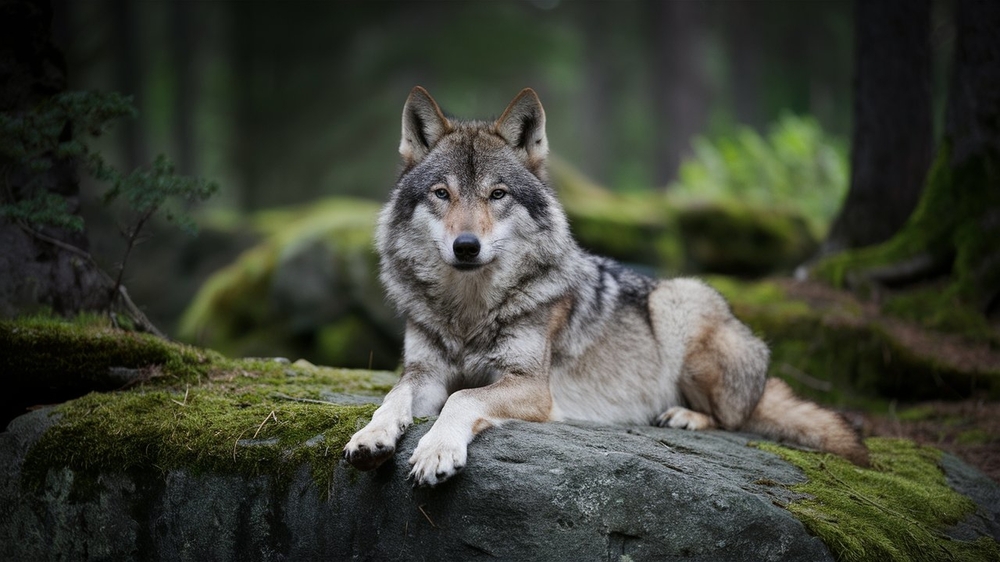
The gray wolf was nearly wiped out in the contiguous United States, but thanks to reintroduction programs and legal protections, their numbers are rising. Reintroduced in places like Yellowstone National Park, gray wolves have made a notable comeback, balancing ecosystems by keeping herbivore populations in check. Their return has sparked public interest and increased awareness about the importance of apex predators in maintaining biodiversity.
4. Arabian Oryx
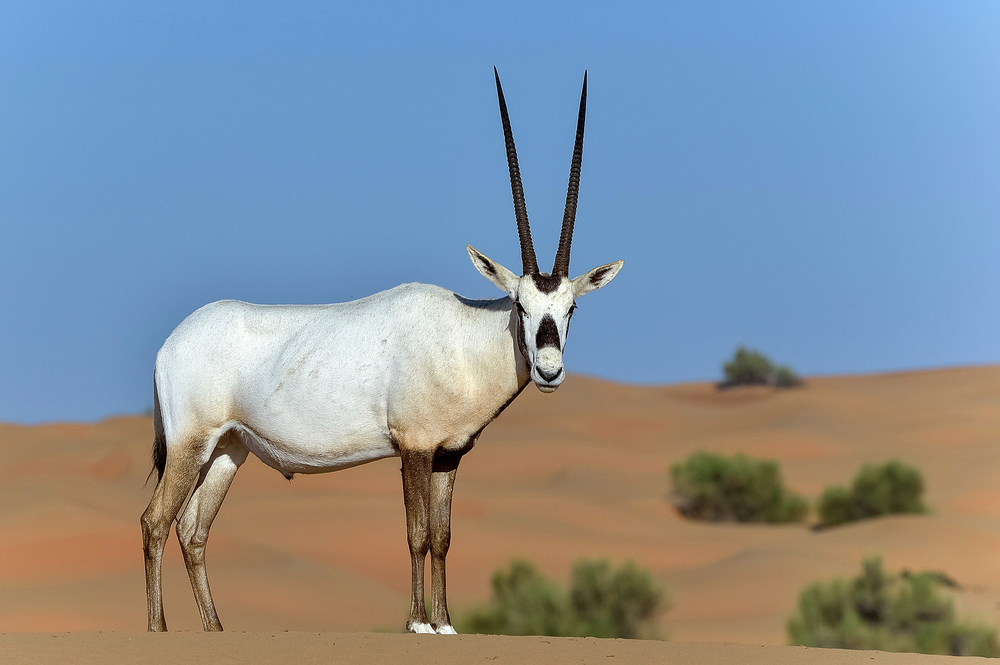
The Arabian oryx was once extinct in the wild, but thanks to dedicated breeding and reintroduction programs, it has returned to its desert habitat in the Arabian Peninsula. Conservationists have carefully monitored and managed the populations, bringing this unique antelope back from the brink. Today, the Arabian oryx is a symbol of hope, representing one of the few species successfully reintroduced to its natural environment after being declared extinct.
5. California Condor
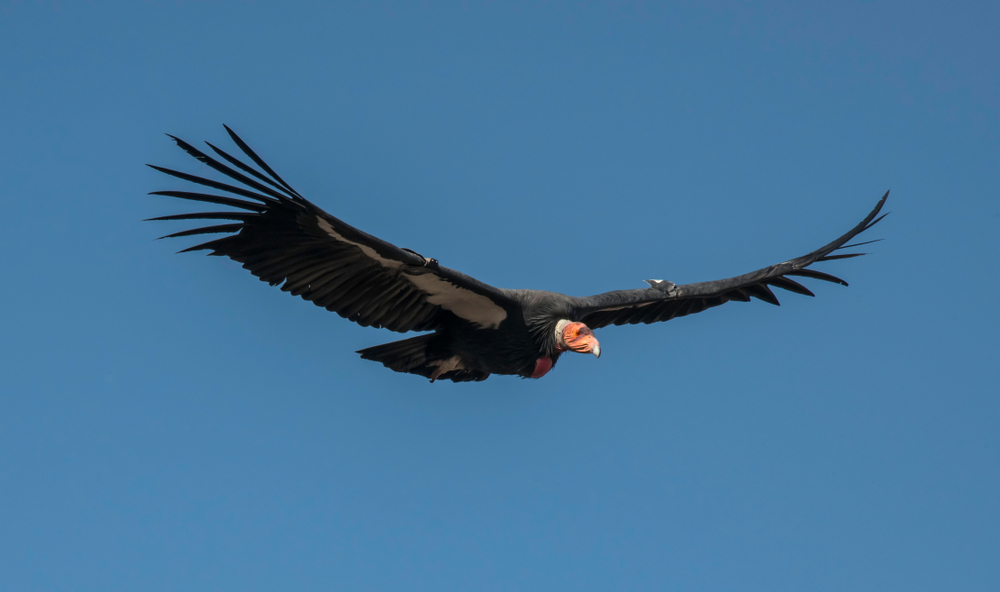
With a wingspan of nearly 10 feet, the California condor is one of North America’s largest birds. By the 1980s, this scavenger faced extinction due to habitat loss and lead poisoning. A remarkable captive breeding program and habitat restoration have since allowed condor numbers to increase. Although still critically endangered, the California condor’s slow but steady recovery exemplifies the power of dedicated, long-term conservation efforts.
6. European Bison
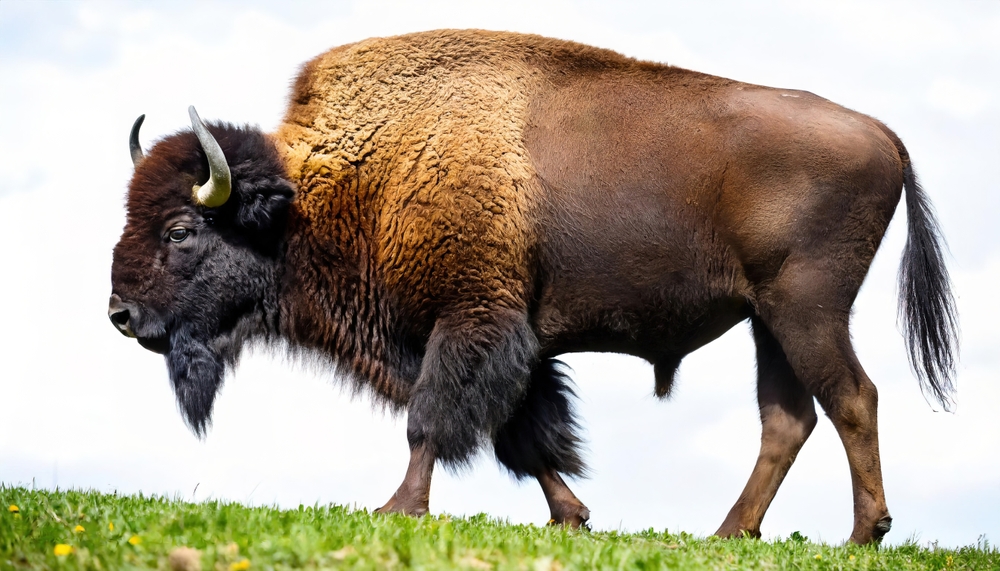
The European bison, or wisent, was once extinct in the wild due to hunting and habitat destruction. Thanks to breeding programs and reintroduction efforts in Poland, Germany, and other countries, the species is making a steady comeback. With carefully managed populations in protected areas, the European bison is regaining its place in European forests, restoring an important ecological role as the continent’s heaviest land mammal.
7. Black-Footed Ferret
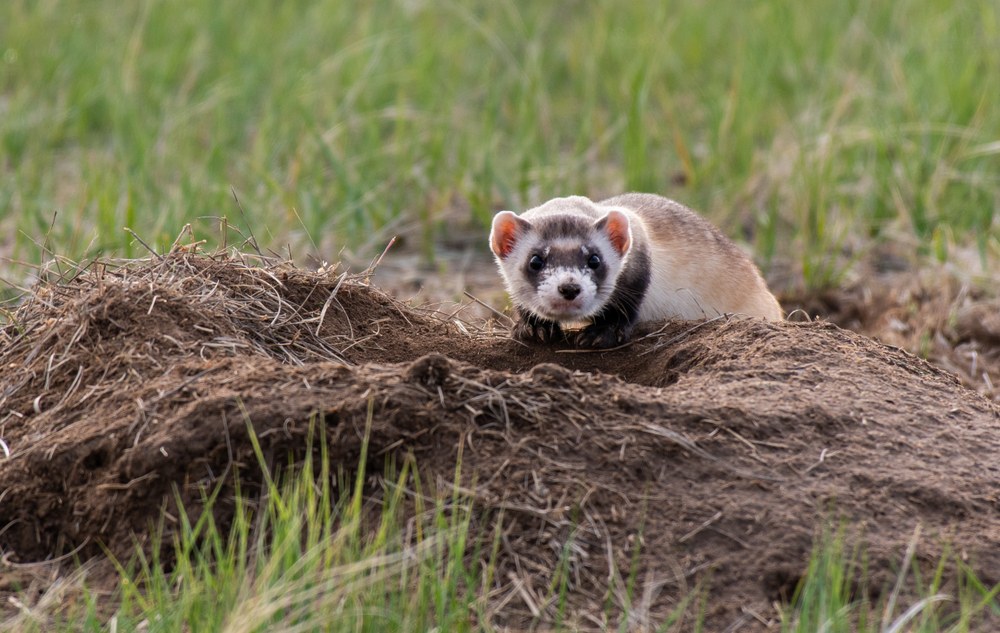
Once thought to be extinct, the black-footed ferret was rediscovered in the 1980s, prompting immediate conservation action. Thanks to captive breeding and reintroduction programs, this native North American predator has returned to prairie landscapes. Black-footed ferrets play a crucial role in controlling prairie dog populations, and their comeback signifies a positive shift in the restoration of grassland ecosystems across the Western United States.
8. Humpback Whale
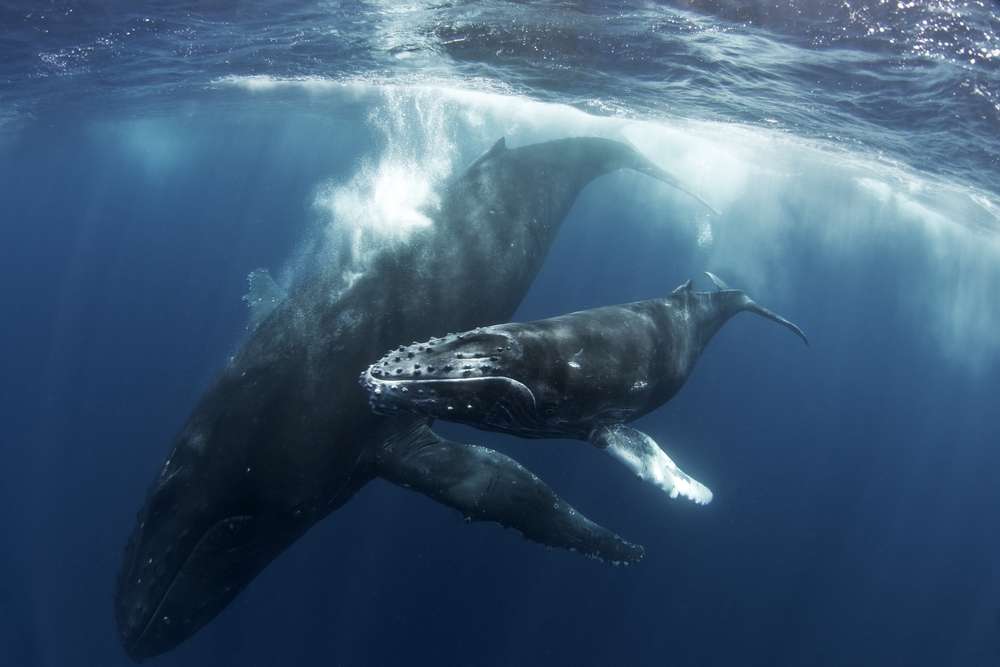
Decades of commercial whaling devastated humpback whale populations, but international protection and conservation efforts have allowed them to rebound. With regulations banning whaling and concerted marine protection programs, humpbacks have made a significant comeback. Today, these majestic creatures are more commonly seen in oceans around the world, a powerful reminder of the impact conservation can have on marine species.
9. Golden Lion Tamarin
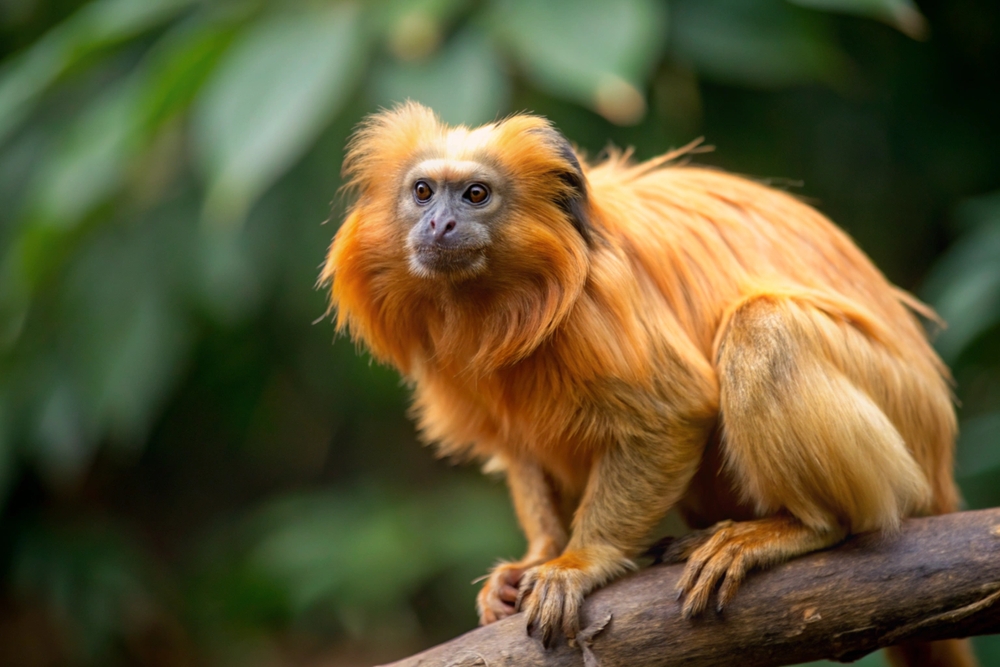
Native to Brazil’s Atlantic Forest, the golden lion tamarin was once critically endangered due to deforestation. Conservationists launched reforestation efforts and established protected reserves, successfully stabilizing the tamarin population. Although still vulnerable, these tiny, brightly colored primates are slowly making a comeback, reminding us of the importance of habitat preservation and local involvement in conservation.
10. Southern White Rhino
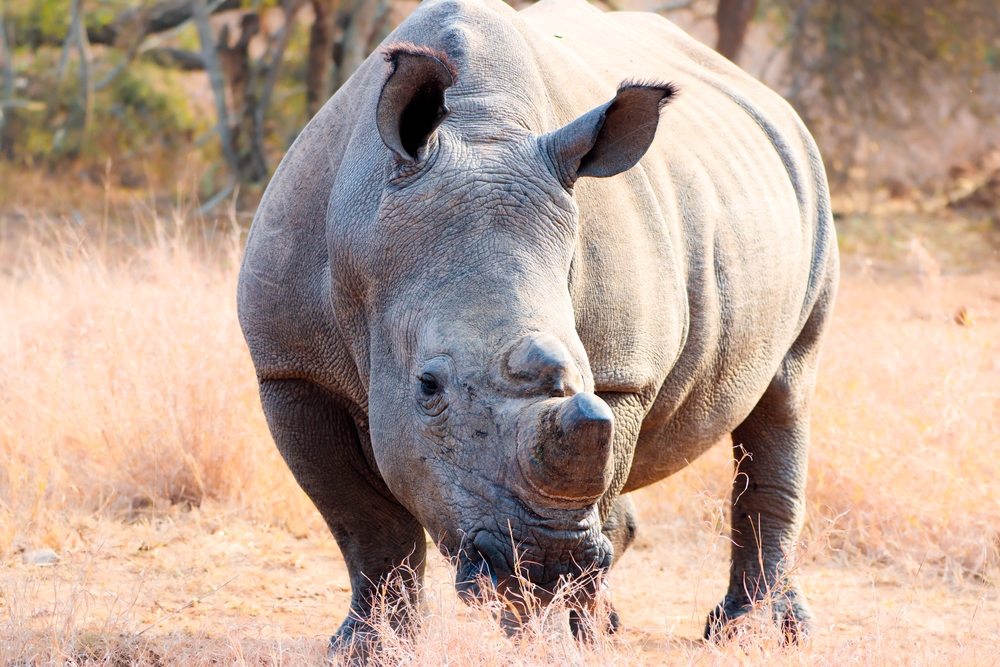
The southern white rhino was nearly driven to extinction in the early 20th century. Thanks to stringent protection measures and controlled breeding programs, this species has seen a remarkable resurgence, particularly in South Africa. The southern white rhino’s comeback underscores the critical need for strong anti-poaching efforts and the vital role of protected areas in wildlife conservation.
11. Green Sea Turtle
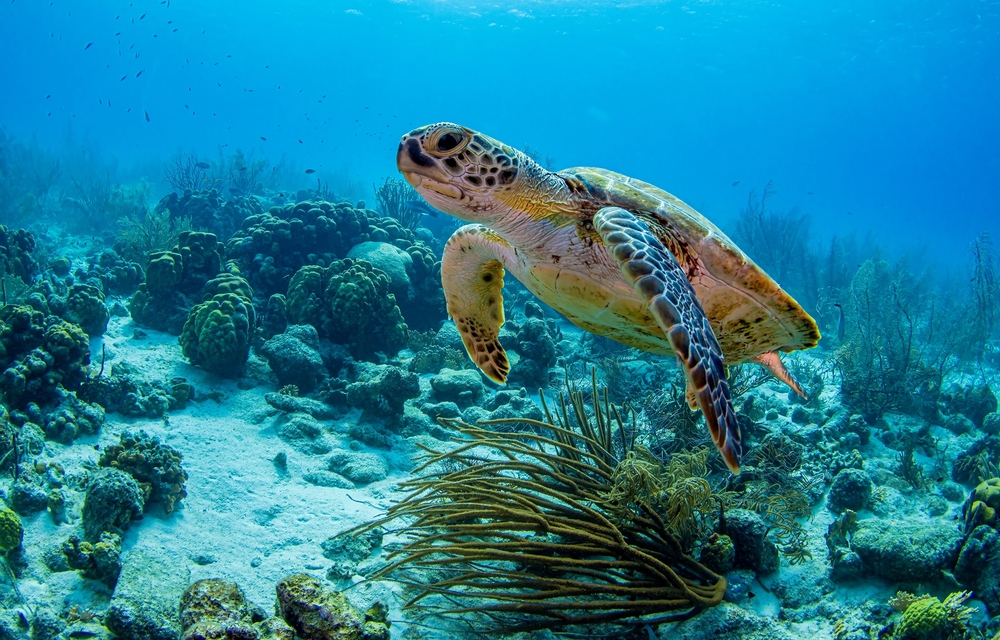
Hunted for their meat and shells, green sea turtles faced severe population declines. Conservation efforts, including protected nesting beaches and fishing regulations to reduce bycatch, have helped increase their numbers. Now commonly seen in oceans around the world, green sea turtles are a heartening example of how global initiatives can make a difference in species survival and ocean health.
12. Snow Leopard
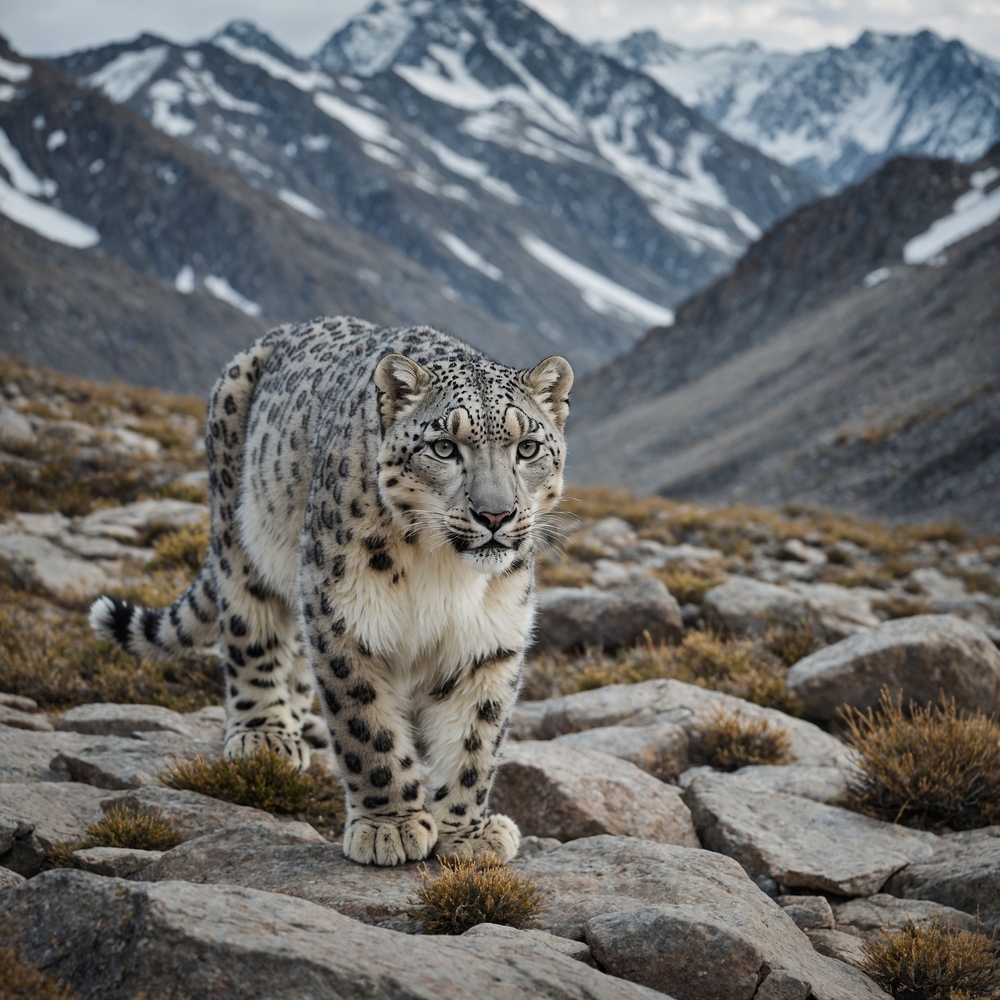
Found in the mountainous regions of Central and South Asia, the elusive snow leopard was once critically endangered. Thanks to anti-poaching efforts, habitat preservation, and local involvement in conservation, snow leopard populations are beginning to stabilize. These big cats remain vulnerable, but their comeback highlights the effectiveness of community-led initiatives and international awareness campaigns.
13. Iberian Lynx
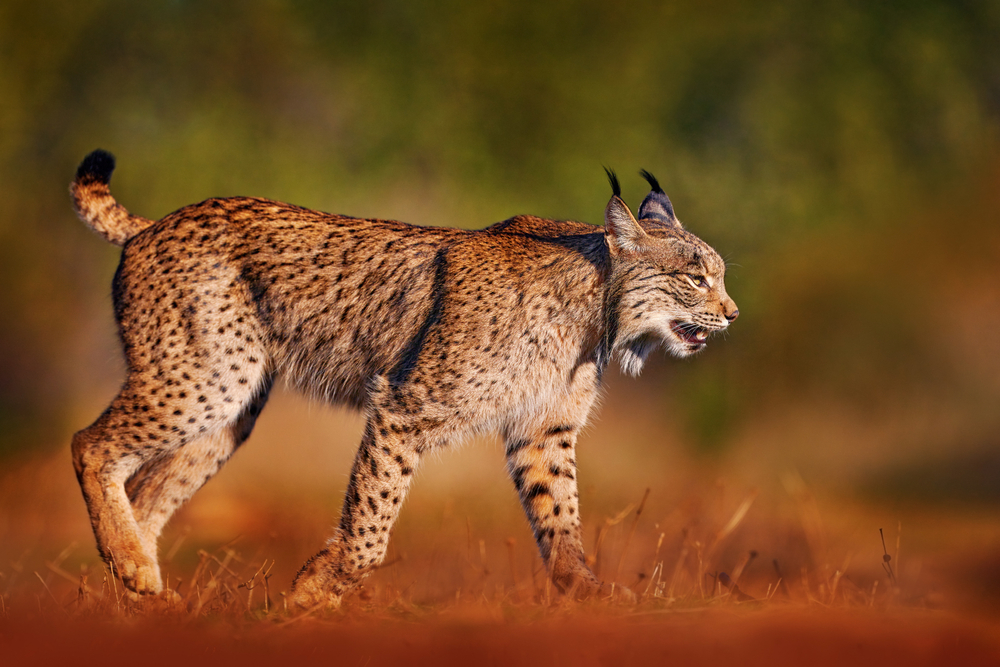
The Iberian lynx, native to Spain and Portugal, was once the world’s most endangered cat. Due to concerted conservation efforts, including habitat restoration and the reintroduction of their primary prey, the European rabbit, their numbers are increasing. The Iberian lynx now roams protected areas and is no longer on the brink of extinction, showcasing the incredible impact of targeted, region-specific conservation programs.
14. Amur Tiger
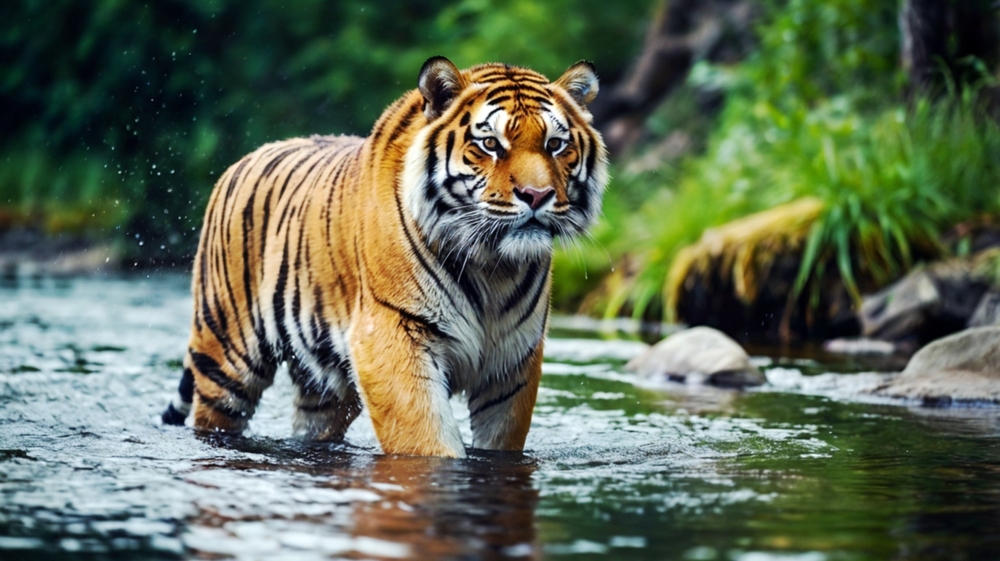
Found in the Russian Far East and parts of China, the Amur tiger faced near extinction due to poaching and habitat loss. Strict anti-poaching laws, protected reserves, and conservation breeding programs have allowed this population to stabilize. Although still endangered, the Amur tiger is making a comeback, symbolizing the resilience of wildlife when given a fighting chance.
15. American Alligator
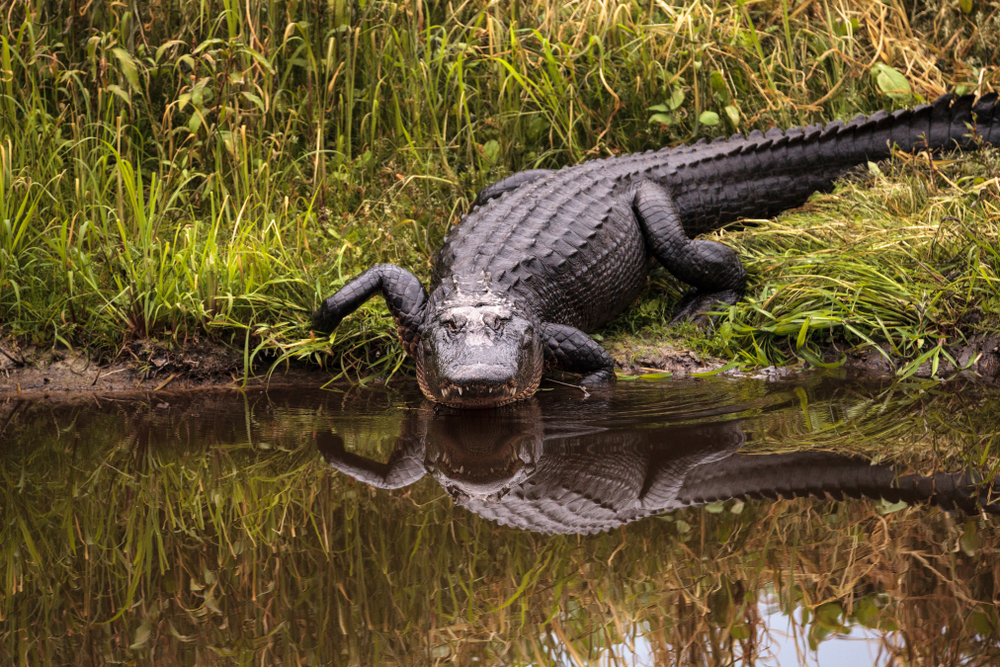
Once hunted nearly to extinction, the American alligator has rebounded thanks to protective legislation and conservation awareness. Found in the southeastern United States, particularly in Florida and Louisiana, the American alligator now thrives in wetland habitats. Their comeback stands as one of the earliest examples of successful endangered species protection, proving that timely intervention can save even the most threatened species.
